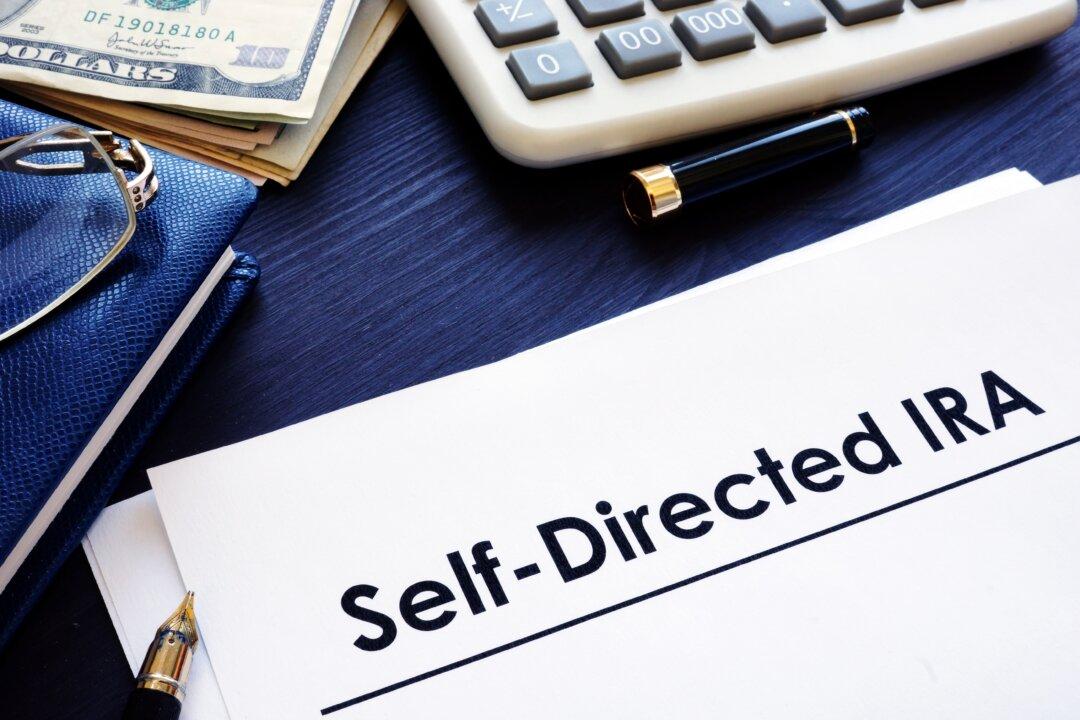By David Rodeck
From Kiplinger’s Personal Finance
Self-directed individual retirement accounts (IRAs) are not for the average retiree or the faint of heart. These specialized retirement accounts let investors do things they can’t in an ordinary IRA, like invest directly in alternative assets, including cryptocurrencies, real estate, or a private business.






